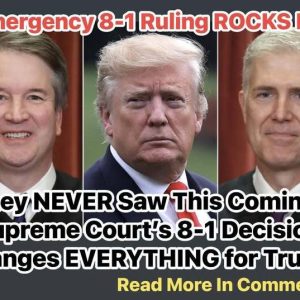Kristi Noem, the US Secretary of Homeland Security, visited Portland and issued a stern warning to Mayor Keith Wilson that if the city doesn’t cooperate with federal security efforts around the local Immigration and Customs Enforcement (ICE) facility, the federal government will dispatch a major increase in federal law-enforcement resources. She argued local officials have failed to sufficiently guard federal property and protect federal officers from what she described as politically-motivated agitators exploiting unrest.
Mayor Wilson responded with resistance, rejecting what he sees as excessive federal intrusion into local matters. He emphasized that the deployment of more federal forces without local consent would deepen distrust and escalate tensions — and insisted that Portland will continue to manage public safety “professionally and responsibly.” He also raised concerns about the federal demands for “free speech zones,” tighter perimeters around federal buildings, and use of chemical munitions against protesters.
This confrontation highlights the broader fault-line between federal control and local autonomy in U.S. urban governance. As the federal administration renews its focus on law-and-order, especially around immigration enforcement and protests, Portland has become a high-profile battleground for questions about how much say local governments should have over security policy, how federal law-enforcement operations integrate with—or bypass—local systems, and how civil-rights and protest-rights factor into those decisions.
In short: the clash isn’t just about one building or one city — it reflects a larger national debate about who calls the shots in policing, how federal and local priorities align (or do not), and what the future of urban security policy will look like in an era of heightened political polarization and federal assertion.



